In our recent webinar, Flip the switch: why you should turn on digital drug testing, our experts Denise Mullins, senior technical product development manager, Ryan Osborn, technical product development manager, and Anthony Magazzolo, technical product development manager, highlighted the value of adopting digital solutions for workplace drug testing. Paper record keeping may linger indefinitely, but utilizing electronic Custody and Control Forms (eCCF) can help to streamline the employer drug testing process today.
Key advantages of
making the switch to eCCF from paper forms
- When comparing 95th percentiles on in-lab
turnaround time (receipt to report), General U.S. workforce urine drug test
specimens collected using eCCF were reported 7.5 or more hours sooner than
those collected using traditional paper custody and control form in 2018.
- Following the analysis of our General U.S.
workforce urine drug testing specimens in 2018, those collected using paper
CCFs were nearly 8.5x more likely to be delayed in the laboratory for a Test in
Question (TIQ) than those collected on an electronic CCF.1
- In 2018 our data indicate that General U.S.
workforce urine specimens collected on traditional paper CCFs had a greater
than 5x higher likelihood of having a fatal flaw than specimens collected on an
eCCF.2
Why switch to electronic Custody And Control Forms? see more facts and data about the advantages of eCCF, download our case study titled, Paper is the past, step into digital drug testing with eCCF.
A recent example of the immediate benefits of electronic forms took place when the Federal government altered the CCF requirements in 2018. A company using eCCF were largely unaffected by the change and had the most current version of their eCCF with no action required. On the other hand, companies using paper forms had to manage their outdated inventory of forms, get new forms by mail, all while ensuring the proper forms were being used for their drug test collections. a CCF change in the collection sites, and ensuring that the proper forms are being used. Delays and disruption to the workflow are likely inevitable.
“Digital solutions make sense, in our personal lives and with the companies we interact with. Switching to eCCF fits just as well, drug testing doesn’t have to be difficult and using electronic solutions can make the whole process more consistent, efficient, and most importantly, paper-free.” Anthony Magazzolo, technical product development manager, Quest Diagnostics.
One of the most critical portions of the drug testing
process is the collection of the specimen. In an industry where regulations and
requirements mandate the safekeeping of sensitive data, the use of a digital
solution like eCCF can help make a multi-step process more efficient. This
webinar encourages employers to switch to eCCF, and in doing so to bring their drug
testing program into the digital age.
View an on-demand version of the webinar.
Download
our new eCCF case study.
To learn more about eCCF, visit our website.
1 TIQs are recoverable flaws in the collection process, which do not
stop testing, but do affect overall turnaround time from collection to report
of the specimen.
2 Fatal
flaws are non-recoverable flaws, which halt the testing process and a
re-collect is the only solution.
 Your Privacy Choices
|
Privacy Notices
|
Terms
|
Language Assistance / Non-Discrimination Notice | Asistencia de Idiomas / Aviso de no Discriminación | 語言協助 / 不䈚視通知
Your Privacy Choices
|
Privacy Notices
|
Terms
|
Language Assistance / Non-Discrimination Notice | Asistencia de Idiomas / Aviso de no Discriminación | 語言協助 / 不䈚視通知




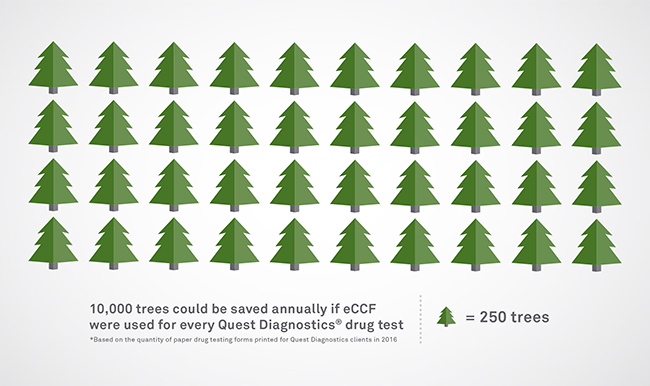


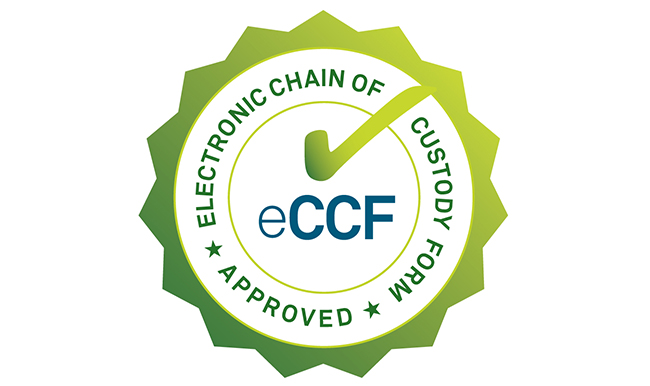
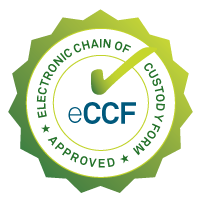
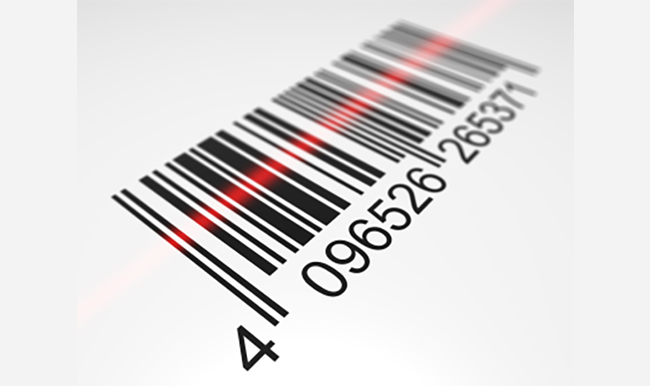

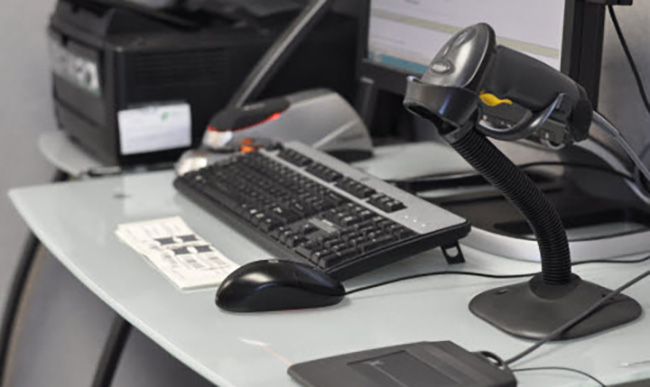




In our recent webinar, Flip the switch: why you should turn on digital drug testing, our experts Denise Mullins, senior technical product development manager, Ryan Osborn, technical product development manager, and Anthony Magazzolo, technical product development manager, highlighted the value of adopting digital solutions for workplace drug testing. Paper record keeping may linger indefinitely, but utilizing electronic Custody and Control Forms (eCCF) can help to streamline the employer drug testing process today.
Key advantages of making the switch to eCCF from paper forms
Why switch to electronic Custody And Control Forms? see more facts and data about the advantages of eCCF, download our case study titled, Paper is the past, step into digital drug testing with eCCF.
A recent example of the immediate benefits of electronic forms took place when the Federal government altered the CCF requirements in 2018. A company using eCCF were largely unaffected by the change and had the most current version of their eCCF with no action required. On the other hand, companies using paper forms had to manage their outdated inventory of forms, get new forms by mail, all while ensuring the proper forms were being used for their drug test collections. a CCF change in the collection sites, and ensuring that the proper forms are being used. Delays and disruption to the workflow are likely inevitable.
“Digital solutions make sense, in our personal lives and with the companies we interact with. Switching to eCCF fits just as well, drug testing doesn’t have to be difficult and using electronic solutions can make the whole process more consistent, efficient, and most importantly, paper-free.” Anthony Magazzolo, technical product development manager, Quest Diagnostics.
One of the most critical portions of the drug testing process is the collection of the specimen. In an industry where regulations and requirements mandate the safekeeping of sensitive data, the use of a digital solution like eCCF can help make a multi-step process more efficient. This webinar encourages employers to switch to eCCF, and in doing so to bring their drug testing program into the digital age.
View an on-demand version of the webinar.
Download our new eCCF case study.
To learn more about eCCF, visit our website.
1 TIQs are recoverable flaws in the collection process, which do not stop testing, but do affect overall turnaround time from collection to report of the specimen.
2 Fatal flaws are non-recoverable flaws, which halt the testing process and a re-collect is the only solution.